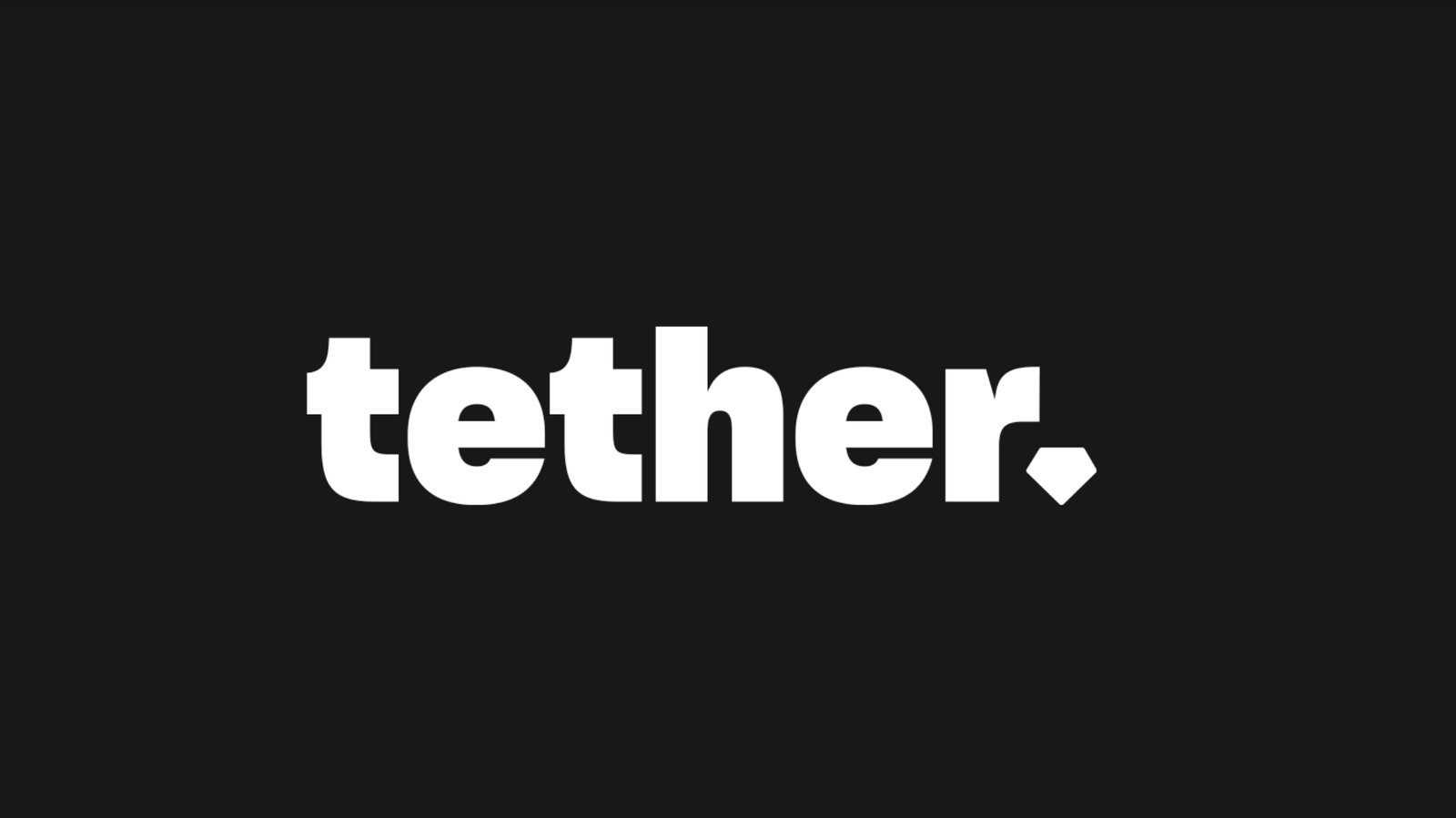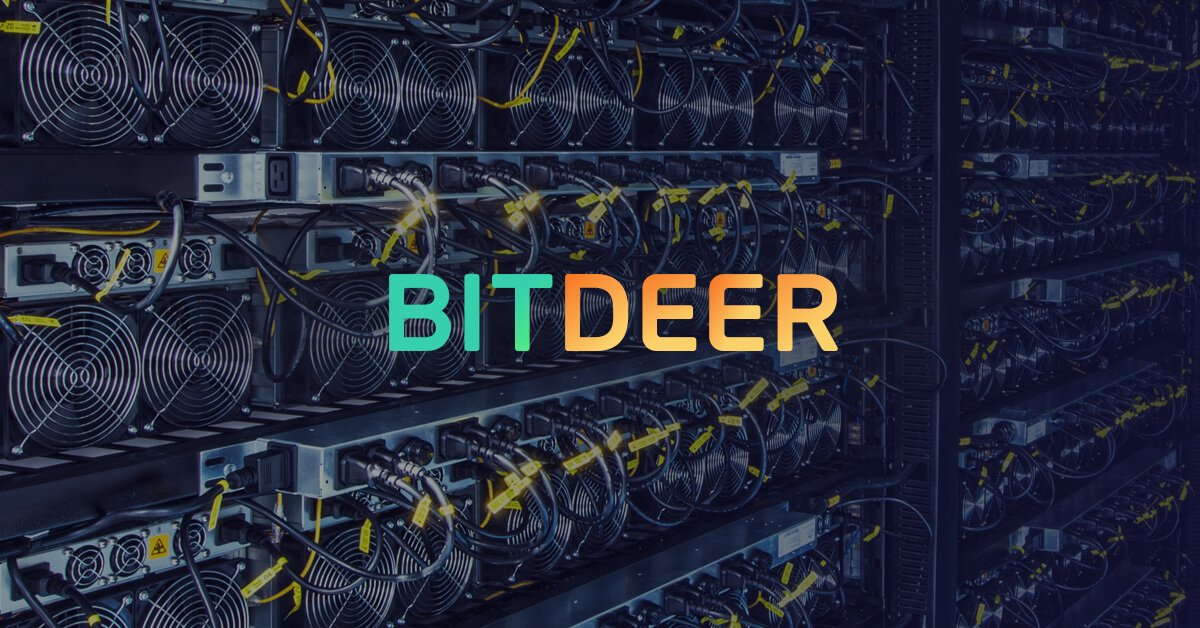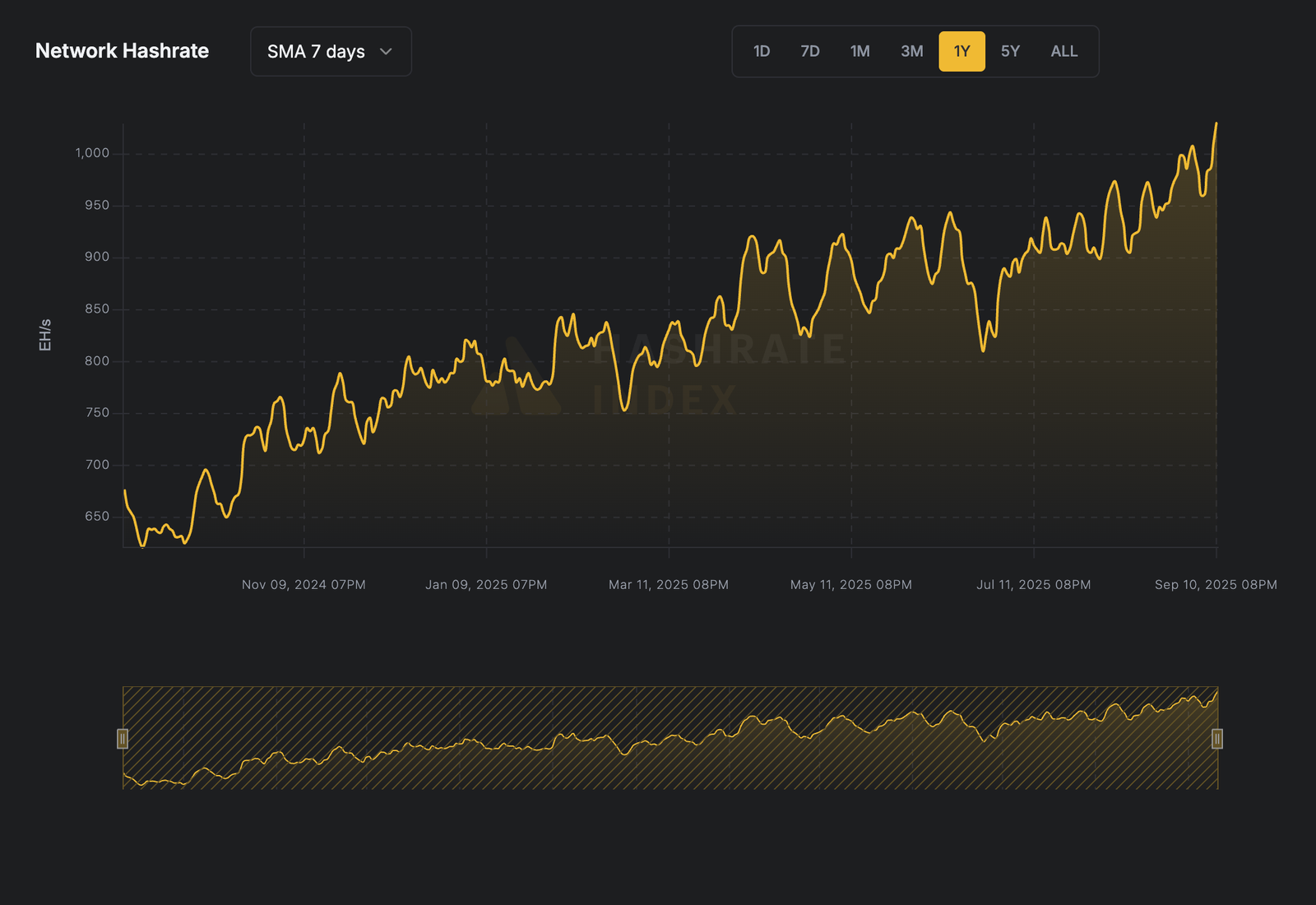Fractal Bitcoin launched just 72 hours ago, and it is already ripping by every metric. Whether you’re an OP_CAT-enjoyer or mining researcher, the launch is a juicy opportunity to observe what happens when a new chain takes off.
Let’s take a look at the traction since inception.
Fractal Bitcoin token price (FB) is up 300%
Fractal’s native token, FB, is $32.69 at the time of writing, up 300% from Monday. FB only trades OTC and on a single CEX currently. This brings the total circulating supply of FB to ~$70 million (assuming that the 105 million ( ~$3.3 billion) of premined FB is not in circulation)

Fractal Bitcoin blockchain size is big and on track to get too big
Transaction activity on Fractal is already at near it’s maximum capacity, with fees at 2,000 sats/vB and blocks coming in at 3.5 – 3.8 MB – close to Fractal’s maximum block size of 4.0 MB (same as Bitcoin).
This raises the question: what are the implications of sustained high demand for Fractal Bitcoin blockspace?
Some back of the napkin math shows that with Fractal Bitcoin’s 30 second target blocktime plus nearly-full 4 MB blocks, the chain gets very big very quickly. In fact, if Fractal Bitcoin continues growing at its current rate, it will surpasses Bitcoin’s ~600 GB blockchain size some time in November and swell to ~1.6 TB by the end of January, 2025..

This hypothetical rate of growth could give way to node centralization à la BSV, where the chain becomes so cumbersome that it’s not feasible to run locally.
One third of bitcoin miners are mining Fractal Bitcoin
Fractal Bitcoin merge-mining had widespread support out the gate with support from Antpool, F2pool, Spiderpool, and Maxipool. Currently over 250 EH/s of Bitcoin’s total network hashrate of 670 EH/s (~37%) is merge-mining Fractal Bitcoin. For context, Rootstock is the largest merge-mined protocol on Bitcoin with over 60% of overall hashrate.
As Fractal Bitcoin’s price has risen, we’ve noticed that the share of hashrate mining Fractal Bitcoin only has risen in step. Since launch day, the share of Fractal Bitcoin-only hashrate has risen from 12 EH/s to 18 EH/s at the time of writing.
(A refresher: Fractal Bitcoin’s cadence mining design allows bitcoin miners to produce one out of every three blocks via merged mining, but the remaining two out of three blocks must originate from miners only mining Fractal Bitcoin. Each segment has its own difficulty target and adjustment).
As this observation suggests, cadence mining presents miners with arbitraging opportunities, where we should expect miners to allocate more hashrate to Fractal Bitcoin-only mining when the FB token price rises and thus makes this mining more profitable; on the flip side, we should expect the merged-mining share of Fractal Bitcoin’s hashrate to increase when the FB token price decreases. The implications for how this will affect the Fractal Bitcoin blockchain are currently unclear.

Cloud mining contracts are worth double current hashprice
As we covered in our newsletter yesterday, Fractal Bitcoin is driving a price run in hashrate marketplaces. Since it’s not so simple to just go build a Bitcoin mine, the next best thing is to rent a mine. Enter the hashrate rental economy (commonly called cloud mining). On Tuesday, cloud mining rates were up more than 150%; now they are up over 250% on some marketplaces like MiningRigRentals at the time of writing.
NiceHash’s Lead Mining Manager Marko Tarman tells Blockspace that the “pay rate on NiceHash often [decouples from] hashprice. It almost never is the same as hashprice but it is historically about 1% to 2% higher than hashprice.” Since Fractal Bitcoin’s launch, though, rates have skyrocketed, he continued:
For the past couple of days, the hashprice (i.e., payrate) on NiceHash has increased up to 0.00383 BTC/PH/day ($220/PH/day) for a short amount of time but has stabilized at around 0.00150 BTC/PH/day ($87 PH/day), while hashprice on FPPS pools stayed fixed at 0.00069 BTC/PH/Day ($40/PH/day).
So cloud mining contracts on NiceHash are more than double the current hashprice… 👀
On-demand hashrate arbitrage may become a major play in this new proof-of-work era as merge-mined chains introduce new dynamics to what has historically been an infrastructure-focused business.
The degens love Fractal Bitcoin’s OP_CAT token standard
Virtually the entirety of transaction activity on Fractal Bitcoin is driven by a new speculative token standard called Covenant Attested Protocol (Cat Protocol in shorthand), which requires a full node to mint. This has degens scrambling to sync a Fractal Bitcoin node, and they’re finding out that it’s not exactly that simple.
OP_CAT proponents may consider this validation (at least in the short term) of user demand for OP_CAT-nabled expressivity. It remains to be seen how sustainable this demand is, but initial enthusiasm is at least a modest win.
For those looking, here’s a popular guide for spinning up a Fractal Bitcoin node if you are brave enough to try.
Blockspace urges caution when following third party guides and does not endorse any specific token nor the Fractal Bitcoin software itself. Do your own research, people – we’re not responsible if you brick your computer.




